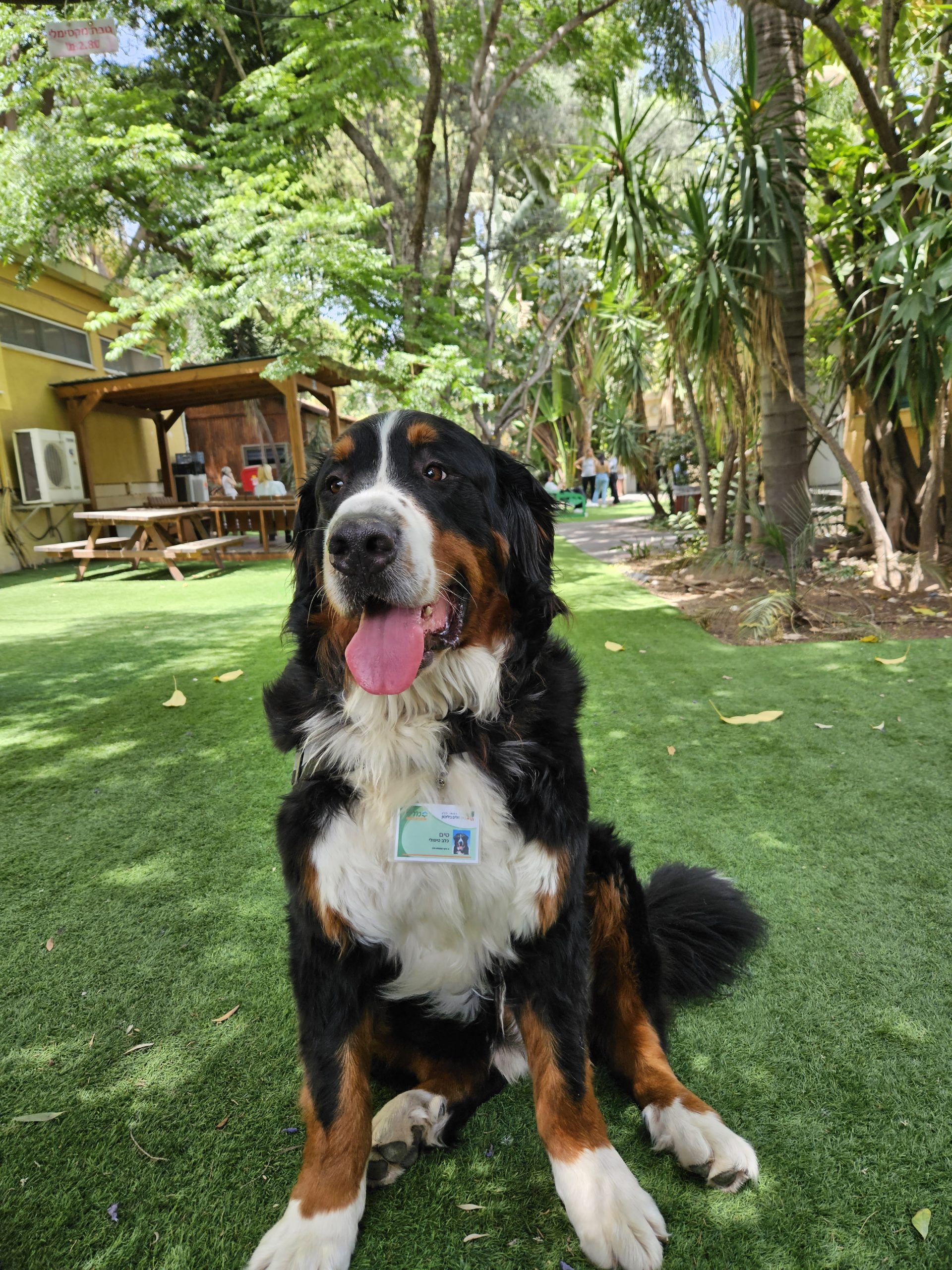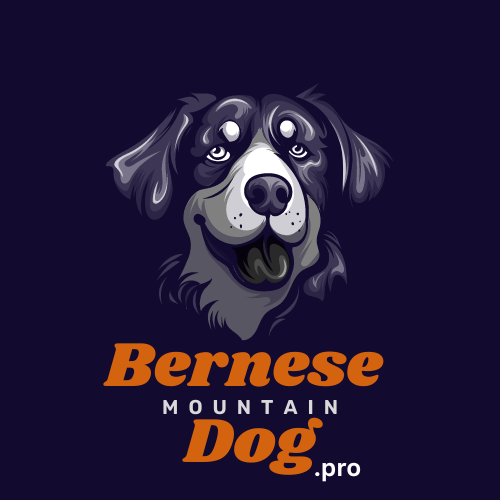When it comes to the decision of removing dew claws in Bernese Mountain Dogs, pet owners need to carefully weigh the potential risks and benefits. This comprehensive guide will explore the key factors to consider, from the timing and procedure to breed-specific concerns and real-life experiences.
Timing and Procedure

The optimal time for dew claw removal in Bernese Mountain Dog puppies is within the first 5 days of life. This early procedure is relatively simple, with minimal trauma and anesthesia requirements. However, if the decision to remove dew claws is made later, the surgery becomes more complex, requiring anesthesia and carrying its own set of risks.
Potential Risks and Benefits

Risks of Removal
- Anesthesia-related risks: Even with precautions, anesthesia is the riskiest procedure in veterinary medicine and can pose significant dangers.
- Surgical complications: As with any surgical procedure, there is a risk of complications, such as infection, bleeding, or improper healing.
Benefits of Removal
- Preventing potential injuries: Removing dew claws can help prevent snagging or tearing, especially in environments where the dog is likely to encounter hazards like wooded areas or industrial settings.
- Eliminating non-functional dew claws: Some dew claws are vestigial and do not serve any functional purpose, being attached only by skin and soft tissue.
Breed-Specific Considerations
Bernese Mountain Dogs
- Historical practice: Historically, dew claws were often removed in this breed to prevent potential trauma.
- Current trends: Many breeders and owners now choose not to remove dew claws due to the negligible risk of problems and the potential pain and risks associated with the procedure.
Double Dew Claws
- Bernese Mountain Dogs can have double rear dew claws, which may increase the complexity of the decision. However, the same considerations regarding functionality and risk apply.
Veterinary Advice
It is crucial to have an open conversation with a veterinarian to determine the best course of action based on the individual dog’s lifestyle and environment. Each pet’s situation is unique, and a one-size-fits-all policy may not be appropriate.
Real-Life Experiences
- Some owners and breeders report that they have never encountered significant issues with dew claws, leading them to decide against removal.
- Others may choose to remove them to prevent potential injuries, especially if the dog’s lifestyle involves activities that increase the risk of dew claw trauma.
Conclusion
When it comes to the decision of removing dew claws in Bernese Mountain Dogs, there is no one-size-fits-all answer. Pet owners must carefully consider the timing, potential risks and benefits, breed-specific factors, and seek professional veterinary advice to make an informed decision that best suits their individual dog’s needs and lifestyle.

Sarah Johnson
Sarah Johnson is a devoted Bernese Mountain Dog enthusiast and regular contributor to Bernese Mountain Dog Pro. With over a decade of experience in raising and training Berners, Sarah brings practical knowledge and passion to her writing. Sarah lives in Colorado with her two Berners, Max and Bella.